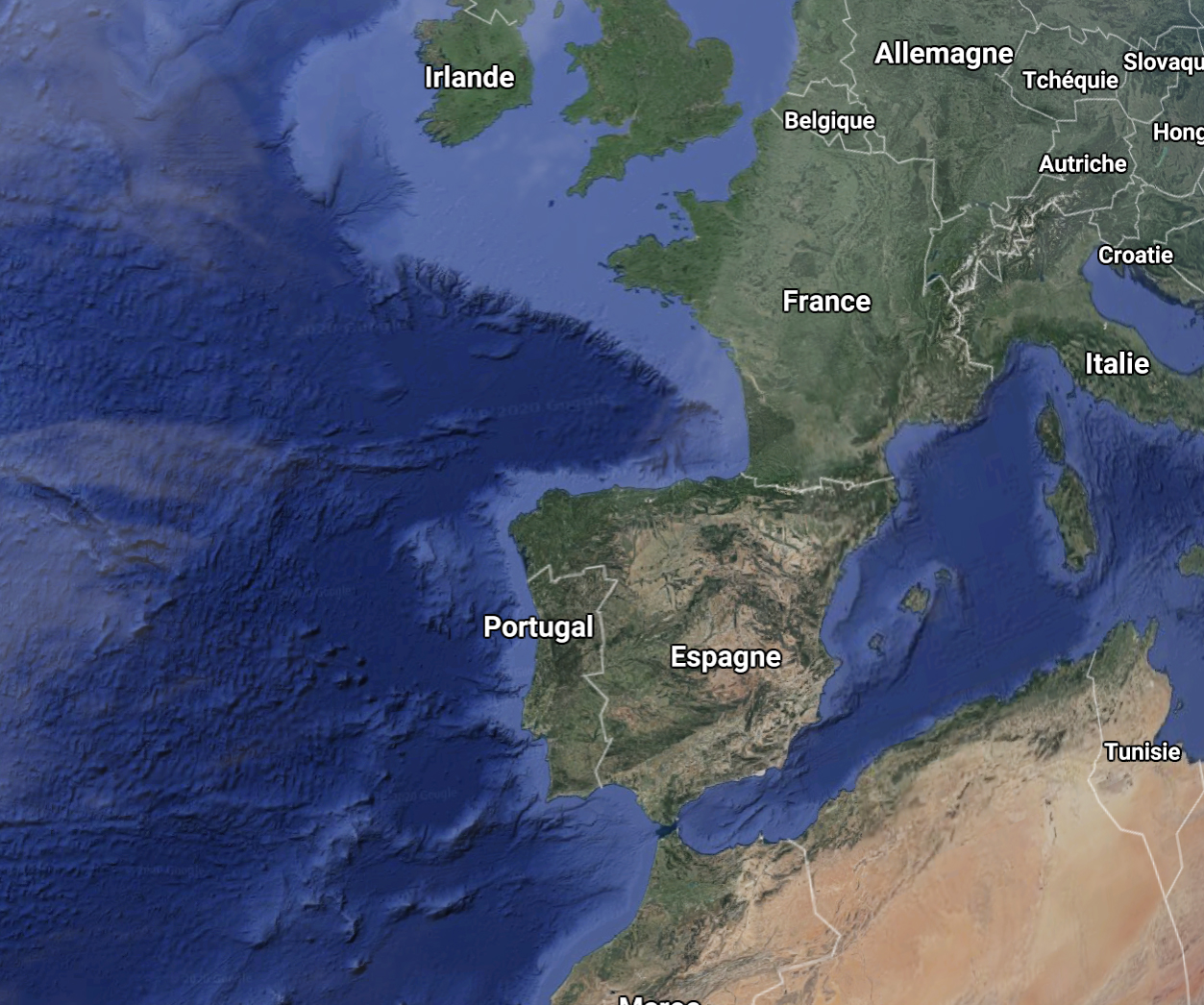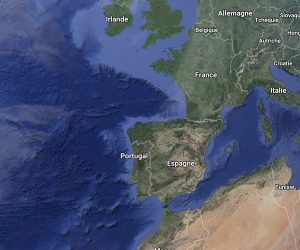The Atlantic Meridional Overturning Circulation (AMOC) plays a key role on climate, by acting on the fluxes of heat, nutriments and salt all over the world. Most of the previous works have documented the production of the deep water from the North Atlantic ocean (North Atlantic Deep Water, NADW) since the Last Glacial Maximum (LGM), exhibiting a sluggish (during the LGM), and even a complete shut down (during the Younger Dryas YD or Heinrich 1 event H1) of the NADW production, associated to an increased contribution of the Southern-sourced water masses. However, the role of the intermediate water masses during these events still remain unclear. Indeed, contrasted results have emerged in the Atlantic ocean, with some areas showing an extension of the Antarctic Intermediate Water (AAIW) in all ocean basins, whereas there is no evidence of southern-sourced water masses in other areas. The reconstruction of the extension and contribution of the intermediate water masses is thus a key to better understand past changes in the relationships between the Atlantic and the Southern oceans, especially in relation with variations in the global Carbon cycle.
The objectives of the RIAD project are thus to reconstruct past changes in the source and ventilation of the intermediate water masses in the North-Eastern Atlantic ocean by applying a multi-proxy study to two marine sediment cores at intermediate water depth.
Key words : North-Eastern Atlantic ocean; intermediate water masses; Benthic foraminifera; Last Glacial Maximum (LGM); Stable isotopes (δ18O, δ13C) ; Elemental ratios (Mg/Ca, Sr/Ca, Li/Ca, Ba/Ca, Cd/Ca, U/Ca); Nd isotopes (εNd).


